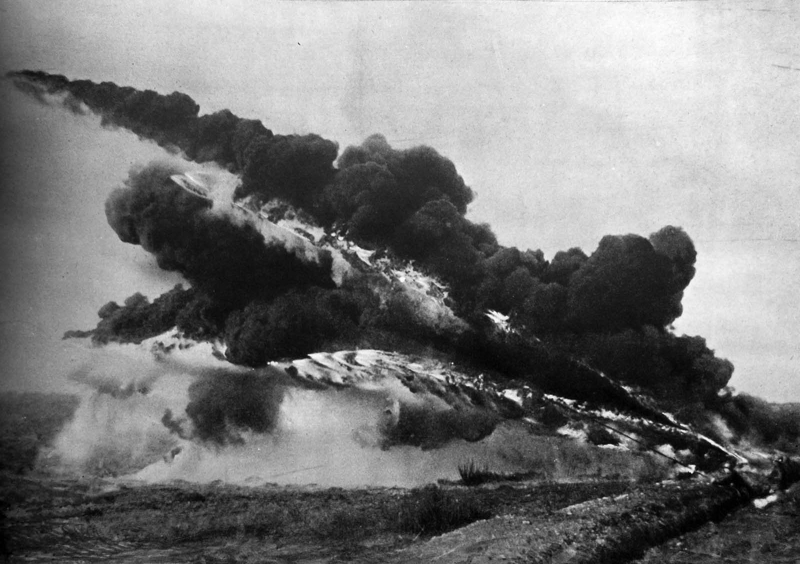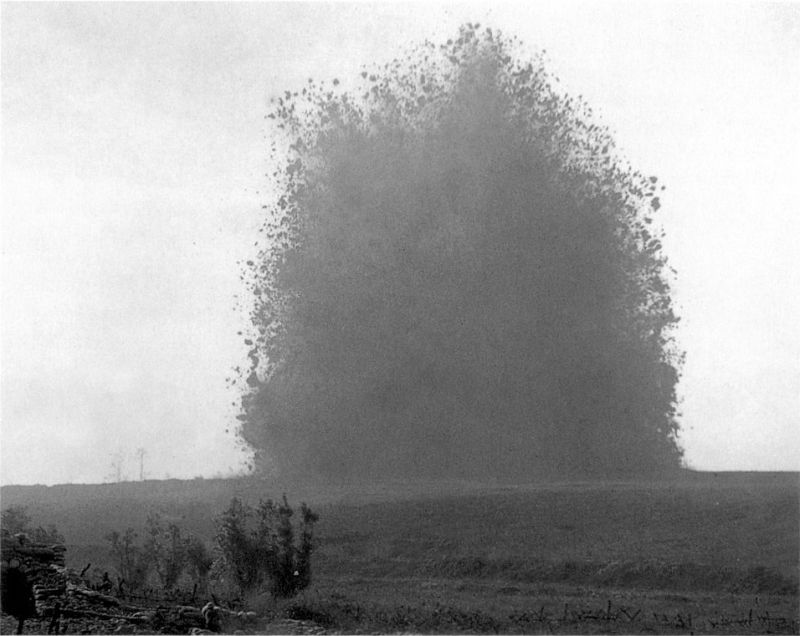The Loudest Man-Made Noise In History
As the war progressed, the Allied tunnel miners began to gain ground on their German counterparts, and their greatest triumph came at Messines Ridge in Flanders. At 3.10 a.m., on June 7, 1917, the mines were set off, signaling the start of the Battle of Messines. In West Flanders, Belgium, 19 mines were blown up along the Messines Ridge. Soldiers detonated the mines, which went off a few seconds apart up and down the length of the slope, blasting geysers of earth, steel, concrete, and bodies into the air and igniting the night sky with orange light.
The joint explosion was one of the largest non-nuclear explosions in history, with the blast sounding like one of the loudest man-made noises ever heard. The explosions were reportedly detected on a seismograph in Switzerland and were heard by British Prime Minister David Lloyd George in Downing Street, London, from a distance of 241 kilometers. Between Ypres and Ploegsteert. The world seemed to break apart to the Germans, who were stationed in trenches and sleeping in underground bunkers. According to later estimates, up to 10,000 soldiers were killed in the blasts, some of whom were buried alive and many more who were never seen again. The blast knocked men off their feet on the British side of the front. The tremor was misinterpreted as an earthquake in France. This one also ends the list of facts about the trench warfare in WWI.












